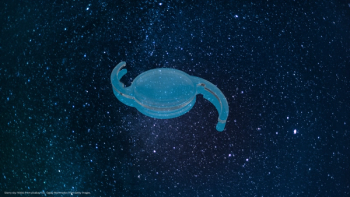
Introducing viscoless microincision cataract surgery
Guy Sallet talks us through a new "viscoless" procedure and outlines the advantages of such surgery, which include fewer IOP spikes, shortened surgery time and less microincision blockages.
Ultrasound phacoemulsification with implantation of a foldable intraocular lens (IOL) has become today's method of choice in cataract surgery. The introduction of ophthalmic viscosurgical devices (OVDs) was a significant development and they have since become an important tool in modern surgery. However, given the possible disadvantages of OVDs, a new technique has been developed to perform microincision cataract surgery (MICS) with ultrasound phacoemulsification and implantation of a foldable IOL without the use of any viscoelastics.
Do we need viscoelastics?
Viscoelastics are used to reform and maintain a stable anterior chamber and capsular bag. They are also used to safely perform continuous capsulorhexis and in-the-bag placement of IOLs, protecting the endothelium and enhancing pupil mydriasis.
How can we perform viscoless surgery?
Newsletter
Get the essential updates shaping the future of pharma manufacturing and compliance—subscribe today to Pharmaceutical Technology and never miss a breakthrough.










































